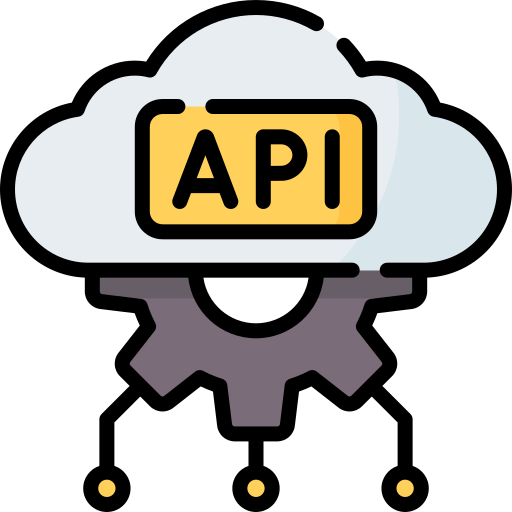In the realm of web applications, APIs (Application Programming Interfaces) act as intermediaries, allowing different applications to communicate and exchange data. But APIs themselves don’t operate in a vacuum. They rely on specific access points called API endpoints to function. Let’s break down what an API endpoint is and how it plays a crucial role in data exchange.
Imagine an API as a Restaurant Kitchen
Think of an API as a bustling restaurant kitchen. The chefs (backend services) prepare delicious food (data), but you, the customer (another application), can’t simply enter the kitchen and grab a plate. That’s where the waiters (API endpoints) come in. They act as designated points of contact, receiving your order (request) and delivering the prepared food (response) from the kitchen.
Anatomy of an API Endpoint
An API endpoint typically consists of two key parts:
- URL: This unique web address specifies the location of the resource you want to access within the API. It’s like telling the waiter which dish you’d like from the menu. For instance, an endpoint might look like
https://api.example.com/users/123to retrieve user data with ID 123. - Method: This indicates the action you want to perform on the resource. Just as you tell the waiter to “give” or “update” your order, the method specifies actions like GET (retrieve data), POST (create data), PUT (update data), or DELETE (remove data).
The Power of Endpoints: Specificity and Control
API endpoints provide several advantages:
- Specificity: They allow for targeted data access. Just like you wouldn’t ask the waiter for the entire menu, you can use endpoints to request specific data sets within the API.
- Control Over Actions: Endpoints dictate the allowed actions. You can’t ask the waiter to cook something not on the menu, and endpoints similarly restrict actions to maintain data integrity.
- Standardization: Consistent use of endpoints across APIs makes them easier to understand and integrate with for developers.
Exploring Different Types of Endpoints
The nature of an endpoint can vary depending on the API design:
- Resource Endpoints: These endpoints directly target specific resources within the API, like users, products, or orders in our restaurant analogy.
- Collection Endpoints: These provide access to collections of resources, allowing you to retrieve a list of users or products, for example.
- Action Endpoints: These endpoints trigger specific actions within the API, such as sending a password reset email or processing a payment.
Understanding Endpoints: Key to Unlocking API Potential
Mastering the concept of API endpoints empowers you to effectively interact with various APIs. By understanding their structure and functionalities, you can send precise requests and retrieve the data you need to fuel your applications and projects. So, the next time you encounter an API, remember the hidden power of endpoints – the designated doorways that unlock a treasure trove of data waiting to be explored.


